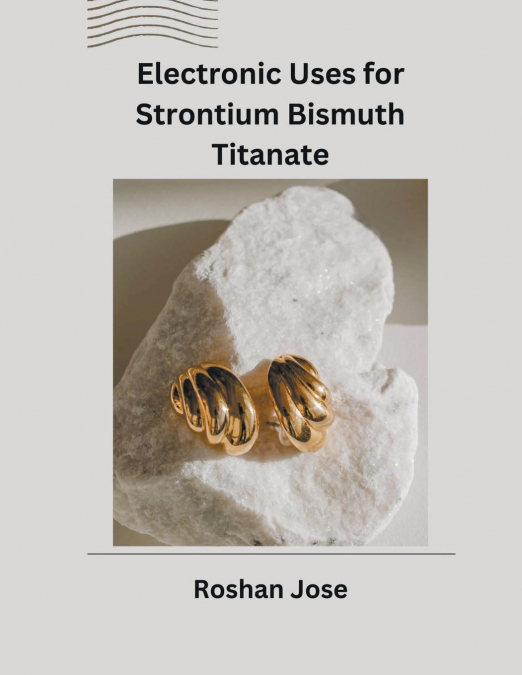
Roshan Jose
Dielectric materials are electrically insulating materials, which do not contain any free charge carriers for electric conduction. These materials can store charge and the molecules of the dielectric material gets polarized in the presence of an electric field. The displacement of the positive and negative charges with respect to their equilibrium positions due to the applied electric field is called polarization. The extent of polarization can be quantified by electric dipole moment. There are two types of dielectric materials polar and non-polar dielectrics. The polar dielectric materials possess a permanent dipole moment with an asymmetric crystal structure. The non-polar dielectric materials do not have a permanent dipole moment, and their crystal structure is symmetric. Based on the symmetry elements (centre of symmetry, an axis of rotation, mirror plane and their combinations) crystals are divided into 32-point groups. Out of 32 crystal class, 21 does not have the centre of symmetry, i.e. the centre of positive and negative charges does not coincide. The remaining 11 class possess a centre of symmetry and hence cannot possess polar characterization. Out of the 21-point groups, one class (432) lacks symmetry, because it has an extra symmetry element that prevents the polar characterization. One or more polar axes are present in the remaining 20-point groups and they exhibit various polar effects such as piezoelectricity, pyroelectricity and ferroelectricity. The term pyroelectricity refers to the temperature dependence of the magnitude of polarization. Some dielectric materials exhibit spontaneous electric polarization without the application of the electric field. Such materials are known as ferroelectric materials. The phenomenon is referred to as ferroelectricity. This phenomenon was first observed in Rochelle salt by J. Valasek in 1921. Ferroelectric material having a non-centrosymmetric crystal structure and containing a unique polar axis. It contains electric dipoles that are spontaneously polarized, which can be reversed by the application of a field in the opposite direction. The variation of polarization with the electric field is not linear for such materials, but forms a closed loop called a hysteresis loop. The reversible spontaneous polarization of these materials is utilized for the development of non-volatile ferroelectric random access memory (FeRAM).